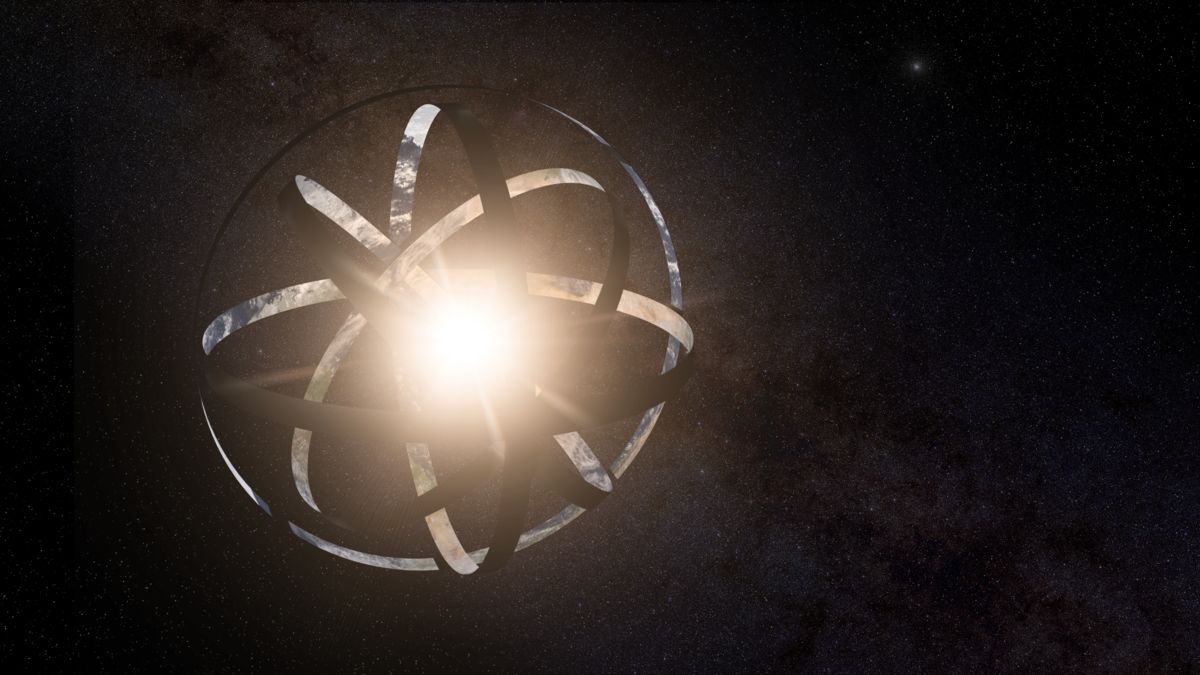Dyson Spheres are seen as a sign of a highly advanced civilization. Certain astronomers search for them in an attempt to locate these civilizations within the Milky Way. In 2016, after observing a star nicknamed “Tabby’s Star” (Image 2) which dimmed and brightened, many believed the scientists that discovered it had stumbled across a Dyson Sphere. This has since been dismissed as the real cause, a dust ring, was deemed more likely given the data collected on the star.

So, what exactly is a Dyson Sphere? Hypothesized about by Freeman Dyson (shown on the right in Image 3) in 1960, a Dyson sphere (Featured Image) is essentially a megastructure designed to collect solar radiation and send it to civilization as a power source. They require an insane amount of energy and resources to build themselves, but once built, they produce enough energy that they could enable things such as interstellar travel, which would allow a species to populate more planets.
The most practical and flexible type of Dyson Sphere is a Dyson Swarm (Image 4 shows some idea of what a Dyson Swarm could look like). It consists of an extremely large number of comparatively tiny satellites that are all put into orbit around the star. Unlike a single, solid structure, an impact would most likely only take out some of these satellites rather than the entire structure.
References
Byrd, D. (Jul 2021). “A Dyson sphere harvests the energy of stars.” EarthSky. Retrieved Jul 20, 2022, from https://earthsky.org/space/what-is-a-dyson-sphere/
Kurzgesagt – In a Nutshell. (Dec 2018). “How to Build a Dyson Sphere – The Ultimate Megastructure.” Youtube. Retrieved Jul 20, 2022, from https://www.youtube.com/watch?v=pP44EPBMb8A
Mann, A. (Aug 2019). “What is a Dyson Sphere?” Space. Retrieved Jul 20, 2022, from https://www.space.com/dyson-sphere.html
Wee, A. (Dec 2016). “The Dyson Sphere.” Retrieved Jul 20, 2022, from http://large.stanford.edu/courses/2016/ph240/wee1/



